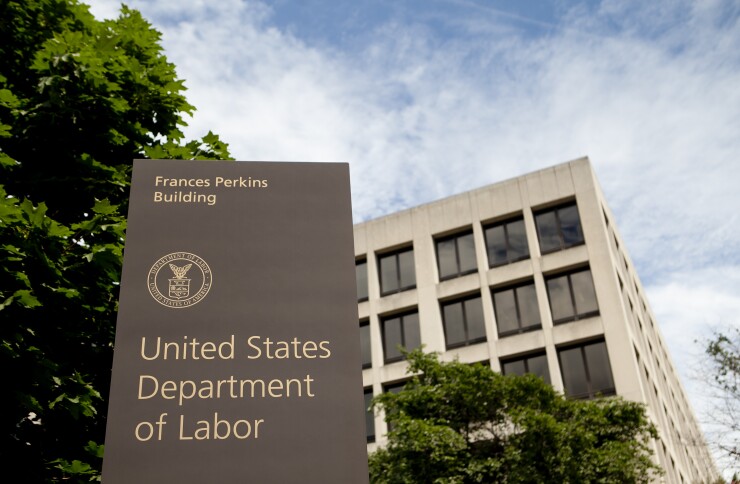With claims recently hitting some 40 million in the U.S. and more expected, unemployment payments are a critical part of the current safety net — but in the middle of an historic pandemic, this part of the net comes with a lot of tax questions.
“I tell people to withhold taxes but that is only at 10 percent and may not be enough come tax-filing time. I also tell people that really need every dollar now to not withhold and expect to owe and deal with it later,” said Morris Armstrong, an Enrolled Agent and Registered Investment Advisor at Armstrong Financial Strategies in Cheshire, Connecticut.
“First, I’m educating my clients about how, where and when to apply for unemployment,” said Phyllis Jo Kubey, an EA in New York, one of the localities where the state Labor Department’s computer system initially groaned under the deluge of benefits applications.
“Guidance varies by state, and the states update their COVID-19-related procedures frequently,” Kubey said. “Many self-employed clients don’t realize that they can apply for unemployment. Then there are issues about certifying continuing eligibility for unemployment. Some states are not withholding on the Pandemic Unemployment Assistance payments even if you request withholding on regular unemployment benefits. It’s important to manage client expectations.”
Alleviate the bite
In March, weekly unemployment benefits averaged about $378 nationwide, according to the Center on Budget and Policy Priorities. That doesn’t include the extra $600 a week that was part of the $2 trillion federal stimulus package.
Taxation of unemployment benefits — a mandate of 1986 tax reform — still seems to surprise more than a few, as does the ability to skip withholding.
A recent survey by tax prep chain Jackson Hewitt found that 37 percent of taxpayers didn’t know unemployment payments were taxable, and more than half didn’t know they could have federal taxes withheld from those payments.
“Many believe unemployment is tax-free, and that’s partially correct. In California, it is tax-free but is taxable for federal purposes,” said Lawrence Pon, a CPA at Pon & Associates in Redwood City, California. “I usually tell clients to opt for the 10-percent federal withholding. This may not cover the entire tax bill but at least it will alleviate the tax bite.”
Bruce Primeau, a CPA and president of Summit Wealth Advocates, in Prior Lake, Minnesota, also makes a point to warn clients: “As we prepare 2020 tax projections for our clients, we’re advising them that they should consider having federal and state income taxes withheld … if possible,” he said.
That “possible” is the key during this economic meltdown, the worst so far most can remember.
“I know people should have the proper amount of withholding done, but these times are especially trying,” Armstrong said. “Adjustments can be made later in the year if things improve, or people can take advantage of the various payment options.”
Preparers are left to sort out best procedures for their clients. “I recently sent out an email that the unemployment income is taxable on the federal return, although quite a few states exempt it from state taxation,” said Manasa Nadig, an EA and owner at MN Tax and Business Services and a partner at Harris Nadig, in Canton, Michigan.
“This is especially important now that there are so many who are applying for state unemployment and there’s the federal PUA built into it. I’m letting them know to have taxes taken out,” she said.
EA Terri Ryman of Southwest Tax & Accounting in Elkhart, Kansas, tries to get clients to withhold “because it will bite them at tax time if they don’t,” she said. “And if they haven’t withheld anything yet to have them call and start or let me know what they’re receiving weekly and I’ll make up estimated tax vouchers.”
Other tips for advising unemployed clients on taxes include familiarizing them with the W-4V; urging them to save the most appropriate percentage of pay if they’re not having taxes withheld from benefits; and advising them on budgeting.

More confusion
Unemployment can complicate the already muddled forgiveness application for a PPP loan, Pon added. “That’s going to be something else that will keep us very busy. These borrowers really need our help and the bankers would appreciate our help to make the application easy to read,” he said.
“On the employer side, I have many frustrated clients that have employees who refuse to come back to work since the unemployment is more lucrative,” Pon said. “These are part-timers and they’re making more on unemployment. It’s frustrating and short-sighted because the extra $600 from the federal government will run out in July.”





